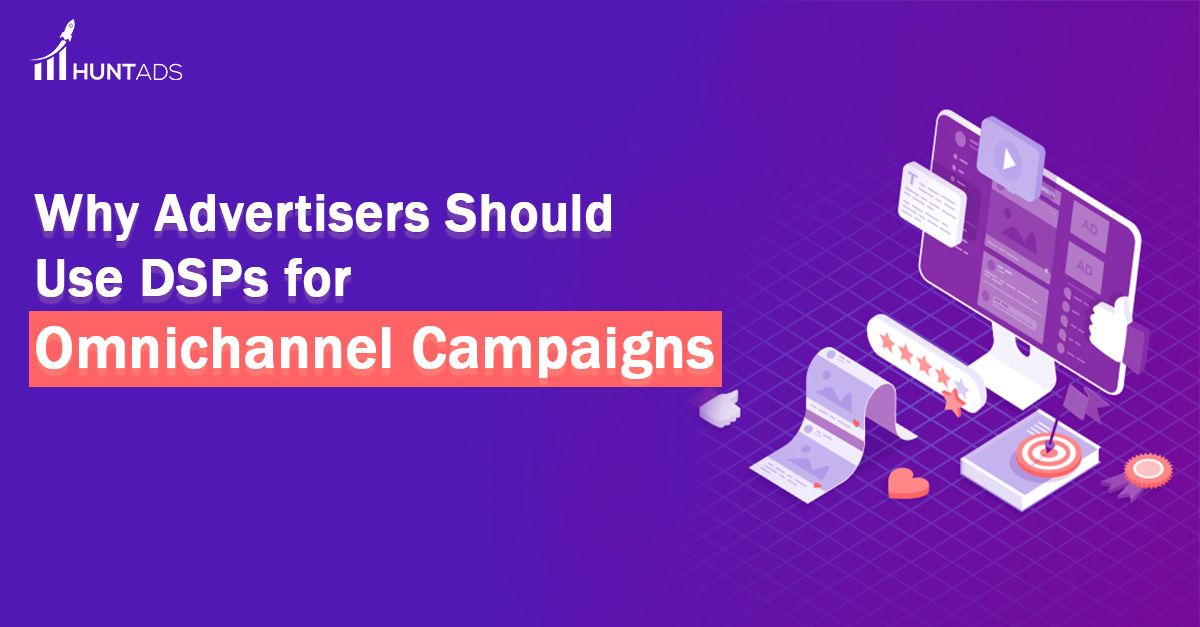


In the modern, fast-evolving digital landscape,advertising is everywhere. To succeed, businesses need to reach their customers across multiple channels like websites, social media, streaming services, and even mobile apps. That’s where DSPs (Demand-Side Platforms) come in, making it easier to manage omnichannel campaigns. Let’s break it down!
What is a DSP?
A DSP is a tool that helps advertisers buy ad space across many different platforms from one place. Instead of dealing with each website or app individually, advertisers use a DSP to manage all their ads at once.
Why Omnichannel Campaigns Matter
Omnichannel marketing means showing ads in many places at the same time—like Facebook, YouTube, and news websites. People are constantly switching between devices and apps, so businesses need to keep their message consistent everywhere.
Benefits of Using DSPs for Omnichannel Campaigns
With a DSP, you can easily run ads on multiple platforms. This means you’re more likely to reach your audience no matter where they are.
Instead of managing each campaign separately, DSPs let you control everything from one dashboard. This makes it faster and easier to run campaigns across different channels.
DSPs analyze data to ensure your ads reach the right audience. You can focus on users based on their location, interests, browsing habits, and more.
If an ad isn’t delivering good results, DSPs allow quick tweaks. You can modify your budget, swap out ad designs, or refine your audience instantly.
DSPs automatically bid for ad space to get you the best deals. This helps maximize your reach while keeping your spending under control.
DSPs provide insights into how well your ads are doing. You’ll get data on clicks, views, and conversions, helping you improve future campaigns
Using a DSP for omnichannel campaigns is like having a control center for all your advertising. It simplifies the process, saves time, and helps you reach your audience wherever they are. If you want to stay ahead in today’s digital advertising world, a DSP is a must-have tool.
Date: 11 December 2024